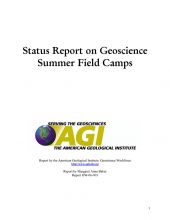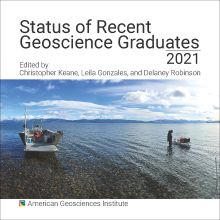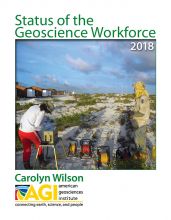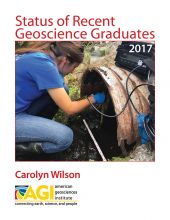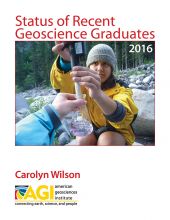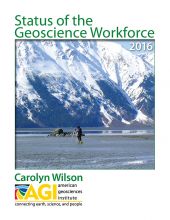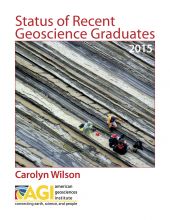Field camp has traditionally served as a central part of undergraduate geoscience curricula, but this tradition appears to be disappearing. There are several reasons for the decline in the number of departments offering traditional summer field camp experiences, including the rising costs of liability insurance for colleges and universities to run such programs and the changing face of geoscience departments in smaller schools that are combining forces with geography and environmental science programs. Also, summer field camps increase the overall budget of the department in its cost that it must cover to support students and that its costs for faculty summer salaries. Regardless, the number of geoscience departments offering summer field camps has decreased by more than half over the last twenty years.
Concerns about the decreasing number of summer field camps led to a Forum on “Does Need Exist for a National Center for Geoscience Education in the Field?” in August 2006. Participants from academia, industry, and professional societies attended a three-day forum at Indiana University’s Judson Mean Geologic Field Station in Montana. The attendees agreed that field experience is an important and unique component of geoscience education and that it provides a hands-on approach to education that should be encouraged as an integral part of professional training.
In preparation for this forum, the American Geological Institute (AGI) performed a census of geoscience departments in the United States to identify schools that have offered geoscience field camps in the past two years. This report analyzes the change in the number of schools offering summer field camp, and the characteristics of field camps including tuition cost, duration, and credit hours conferred.

